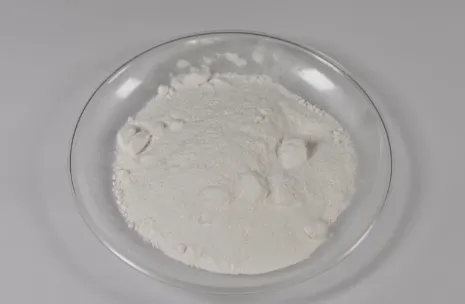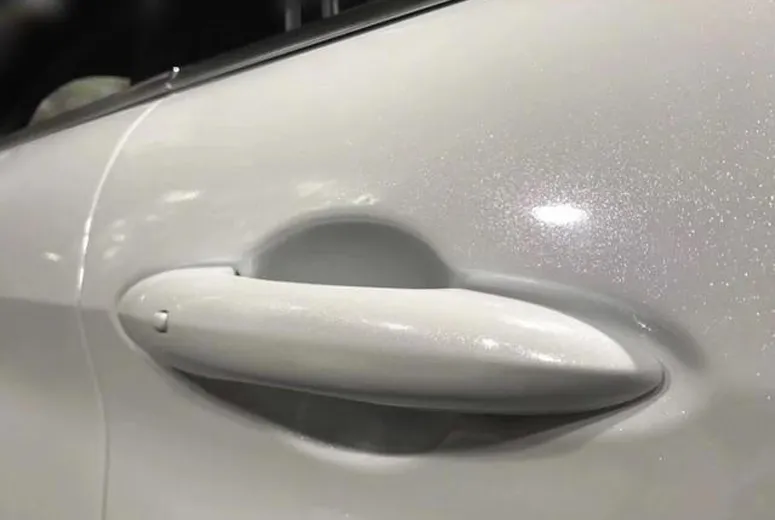Jan . 24, 2025 05:03
Back to list
W-200 Muscovite Powder
Coloring resin with mica powder is a popular method for creating vibrant, eye-catching artworks and functional products. This technique, revered by both hobbyists and professional artisans, offers endless possibilities when it comes to customization and creativity. In this comprehensive guide, we will delve into the nuances of using mica powder in resin, ensuring an authoritative and trustworthy insight into achieving the best results.
Experimenting with Effects Incorporating mica powder into resin opens up a spectrum of effects and techniques. For a marbled look, try swirling different colors of mica-infused resin together before curing. Layering can also create depth; start with a base color and add subsequent layers of differing tones. Moreover, using a heat gun can move and blend colors, offering more control over the final aesthetic. These techniques allow for personalized and unique expressions in your resin work. Consistency and Testing The quality of mica powder can vary significantly between manufacturers. For consistent results, it is worthwhile to sample and test products before committing to a brand. A small test batch can reveal how a particular mica powder behaves with your chosen resin, ensuring compatibility and preventing potential mishaps in larger projects. Application and Curing Pour the prepared resin mixture carefully into molds or onto surfaces, starting at the center and working outwards to avoid air bubbles. Allow the resin to self-level, and use a toothpick or tool to pop any bubbles that rise to the surface. Curing times vary, but it is crucial to allow the piece to cure fully before handling to ensure it maintains its integrity and shine. Following the manufacturer’s instructions for both resin and mica powder ensures the best results. Sealing and Protecting Once cured, sealing your colored resin project can enhance its longevity and aesthetic appeal. A clear resin sealant can protect the surface from scratches and environmental damage, ensuring your artwork remains vibrant and eye-catching over time. UV protectants are also advisable if your piece will be exposed to sunlight, preventing color fading. Incorporating mica powder into resin projects is a dynamic technique that combines artistic flair with technical expertise. By understanding the properties and potential of both materials, creators can produce stunning resin works that reflect both skill and imagination. This process not only enhances the visual appeal of resin products but also allows artisans to push the boundaries of creativity, resulting in unique, high-quality items.


Experimenting with Effects Incorporating mica powder into resin opens up a spectrum of effects and techniques. For a marbled look, try swirling different colors of mica-infused resin together before curing. Layering can also create depth; start with a base color and add subsequent layers of differing tones. Moreover, using a heat gun can move and blend colors, offering more control over the final aesthetic. These techniques allow for personalized and unique expressions in your resin work. Consistency and Testing The quality of mica powder can vary significantly between manufacturers. For consistent results, it is worthwhile to sample and test products before committing to a brand. A small test batch can reveal how a particular mica powder behaves with your chosen resin, ensuring compatibility and preventing potential mishaps in larger projects. Application and Curing Pour the prepared resin mixture carefully into molds or onto surfaces, starting at the center and working outwards to avoid air bubbles. Allow the resin to self-level, and use a toothpick or tool to pop any bubbles that rise to the surface. Curing times vary, but it is crucial to allow the piece to cure fully before handling to ensure it maintains its integrity and shine. Following the manufacturer’s instructions for both resin and mica powder ensures the best results. Sealing and Protecting Once cured, sealing your colored resin project can enhance its longevity and aesthetic appeal. A clear resin sealant can protect the surface from scratches and environmental damage, ensuring your artwork remains vibrant and eye-catching over time. UV protectants are also advisable if your piece will be exposed to sunlight, preventing color fading. Incorporating mica powder into resin projects is a dynamic technique that combines artistic flair with technical expertise. By understanding the properties and potential of both materials, creators can produce stunning resin works that reflect both skill and imagination. This process not only enhances the visual appeal of resin products but also allows artisans to push the boundaries of creativity, resulting in unique, high-quality items.
Prev:
Next:
Latest news
-
Transforming Surfaces with Mica-Enhanced Paints in Coatings and DecorationNewsJul.02,2025
-
The Ultimate Guide to Mica-Based Luminous Colors with Pearlescent PigmentNewsJul.02,2025
-
The Critical Role of Mica in Industrial Applications in Welding and Oil FieldsNewsJul.02,2025
-
Revolutionizing Automotive Aesthetics with Modified Plastics Pearlescent PigmentsNewsJul.02,2025
-
The Secret with Mica Powder for Cosmetics Behind Radiant, Natural MakeupNewsJul.02,2025
-
Enhancing Performance in Polymer Applications with Mica Powder for RubberNewsJul.02,2025
Products categories









